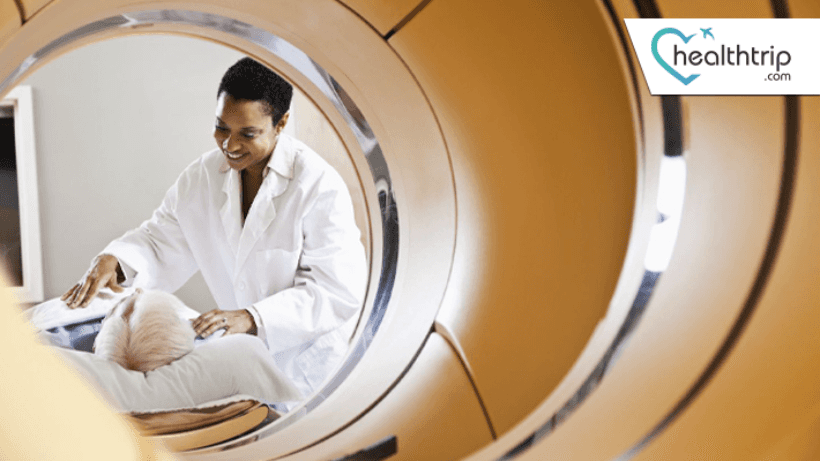
PET-CT Scan in India: How It Works and What to Expect
11 May, 2023
In India, PET-CT (Positron Emission Tomography-Computed Tomography) scans have become an essential diagnostic tool in the field of oncology, cardiology, and neurology. PET-CT scans combine two powerful imaging techniques, Positron Emission Tomography and Computed Tomography, to produce detailed images of the body's internal structures and metabolic activity. In this blog, we will discuss how PET-CT scans work and what to expect during the procedure.
What is a PET-CT Scan?
Most popular procedures in India
A PET-CT scan is a diagnostic tool used to detect cancer, heart disease, and other medical conditions. PET-CT scans are a combination of two imaging techniques - Positron Emission Tomography and Computed Tomography. PET uses a small amount of radioactive material called a tracer, which is injected into the patient's bloodstream. The tracer accumulates in the area of the body being imaged, and the PET scanner detects the radiation emitted by the tracer. CT uses X-rays to produce detailed images of the body's internal structures. The PET and CT images are combined to produce detailed 3D images of the body's internal structures and metabolic activity.
How Does a PET-CT Scan Work?
Wellness Treatments
Give yourself the time to relax
Lowest Prices Guaranteed!

Lowest Prices Guaranteed!
Before the Procedure
Before a PET-CT scan, the patient needs to fast for 4-6 hours and avoid any strenuous activity for 24 hours before the procedure. The patient is also advised to inform the doctor about any medications they are taking or any allergies they have.
During the Procedure
On the day of the procedure, the patient is given a small amount of radioactive tracer material, either orally or through an injection, depending on the area of the body being imaged. The tracer material takes around 30-60 minutes to distribute throughout the body. After this time, the patient is placed on the PET-CT scanner bed, and the scanner starts taking images.
The patient needs to remain still for the duration of the scan, which takes approximately 30-60 minutes. During the scan, the patient will hear a buzzing noise from the scanner, but this is normal and nothing to be alarmed about.
After the Procedure
After the scan is complete, the patient is asked to wait for a short while to ensure that they are feeling well. Once the patient is stable, they are discharged, and they can resume their regular activities.
What are the Benefits of a PET-CT Scan?
A PET-CT scan offers several benefits over other imaging techniques such as MRI, CT, and ultrasound. Some of the benefits of PET-CT scans include:
- Early Detection of Cancer: PET-CT scans can detect cancer in its early stages when it is easier to treat. PET-CT scans can also help doctors determine the type and stage of cancer, which can help guide treatment decisions.
- Accurate Staging of Cancer: PET-CT scans can accurately stage cancer, which helps doctors determine the best course of treatment. Accurate staging is essential for deciding whether surgery or chemotherapy is the best treatment option.
- Monitoring Cancer Treatment: PET-CT scans can monitor the effectiveness of cancer treatment. Doctors can use PET-CT scans to determine if the cancer is responding to treatment, and if not, they can adjust the treatment accordingly.
- Early Detection of Heart Disease: PET-CT scans can detect heart disease in its early stages, which can help prevent heart attacks and other complications. PET-CT scans can also help doctors determine the severity of heart disease, which can help guide treatment decisions.
What are the risks of a PET-CT Scan?
PET-CT scans are generally safe, and the risks are minimal. However, there are some risks associated with the procedure, which include:
- Radiation Exposure: PET-CT scans involve exposure to a small amount of radiation, which is necessary for the procedure. However, the amount of radiation used in a PET-CT scan is considered safe, and the benefits of the scan usually outweigh the risks.
- Allergic Reaction: In rare cases, patients may have an allergic reaction to the tracer material used in a PET-CT scan. Symptoms of an allergic reaction include itching, hives, and difficulty breathing. If you experience any of these symptoms, inform the doctor immediately.
- Pregnancy: PET-CT scans are not recommended for pregnant women as radiation exposure can harm the developing fetus. If you are pregnant or think you may be pregnant, inform the doctor before the procedure.
What to Expect During a PET-CT Scan in India?
A PET-CT scan in India is similar to the procedure in other parts of the world. The procedure usually takes 30-60 minutes, depending on the area of the body being imaged. Here are some things to expect during a PET-CT scan in India:
- Registration: The first step is registration. The patient needs to provide their medical history and sign a consent form. The registration process usually takes around 15-20 minutes.
- Injection of Tracer Material: After registration, the patient is taken to the imaging room, and the tracer material is injected into their bloodstream. The injection usually takes a few minutes.
- Waiting Period: After the injection, the patient needs to wait for 30-60 minutes for the tracer material to distribute throughout the body. During this time, the patient is advised to avoid any strenuous activity.
- Imaging: After the waiting period, the patient is placed on the PET-CT scanner bed, and the scanner starts taking images. The patient needs to remain still during the scan, and the scanner makes a buzzing noise, which is normal.
- Discharge: After the scan is complete, the patient is asked to wait for a short while to ensure that they are feeling well. Once the patient is stable, they are discharged, and they can resume their regular activities.
Conclusion
PET-CT scans are a powerful diagnostic tool used to detect cancer, heart disease, and other medical conditions. PET-CT scans combine two imaging techniques, Positron Emission Tomography and Computed Tomography, to produce detailed images of the body's internal structures and metabolic activity. In India, PET-CT scans are widely available and offer several benefits over other imaging techniques. However, as with any medical procedure, there are some risks associated with PET-CT scans. If you are considering a PET-CT scan, it is important to discuss the risks and benefits with your doctor to determine if it is the right option for you.
Related Blogs
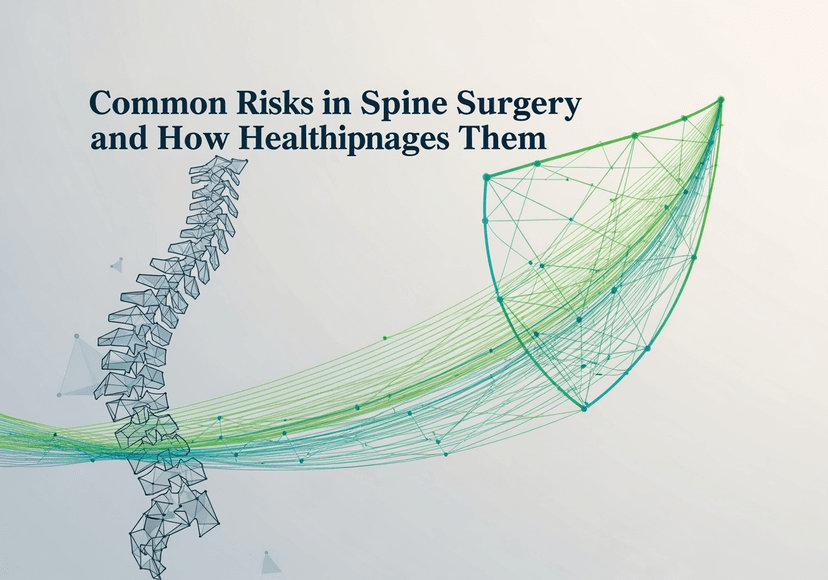
Common Risks in Spine Surgery and How Healthtrip Manages Them
Detailed guide on spine surgery, featuring doctors, hospitals, risks, recovery,
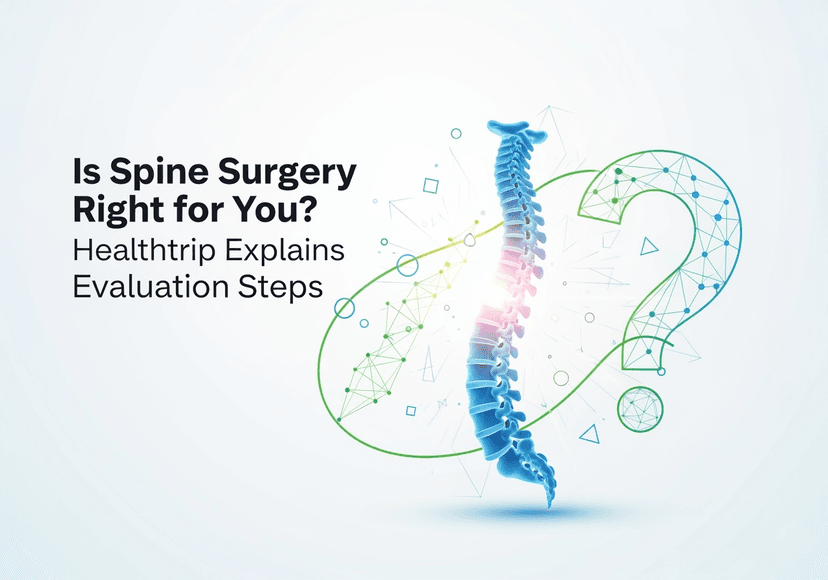
Is Spine Surgery Right for You? Healthtrip Explains Evaluation Steps
Detailed guide on spine surgery, featuring doctors, hospitals, risks, recovery,
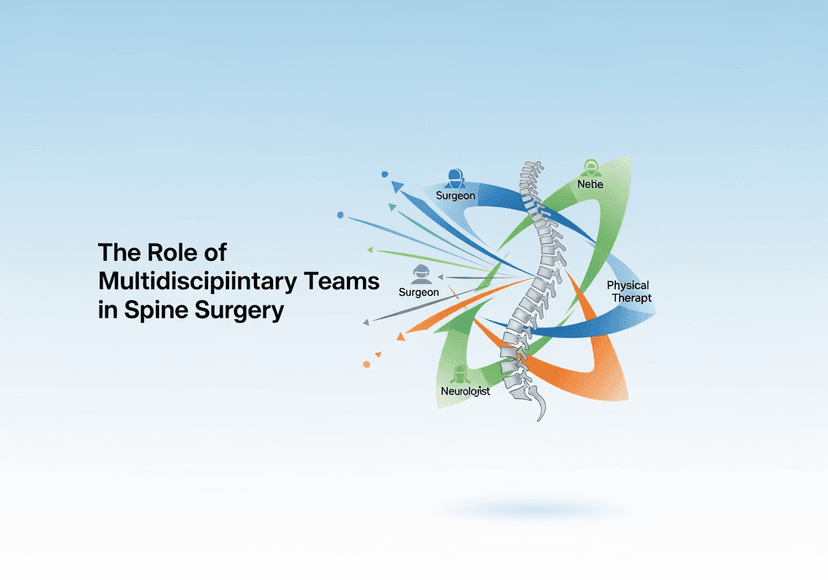
Role of Multidisciplinary Teams in Spine Surgery
Detailed guide on spine surgery, featuring doctors, hospitals, risks, recovery,

Healthtrip's Trusted Hospitals for International Spine Surgery Patients
Detailed guide on spine surgery, featuring doctors, hospitals, risks, recovery,
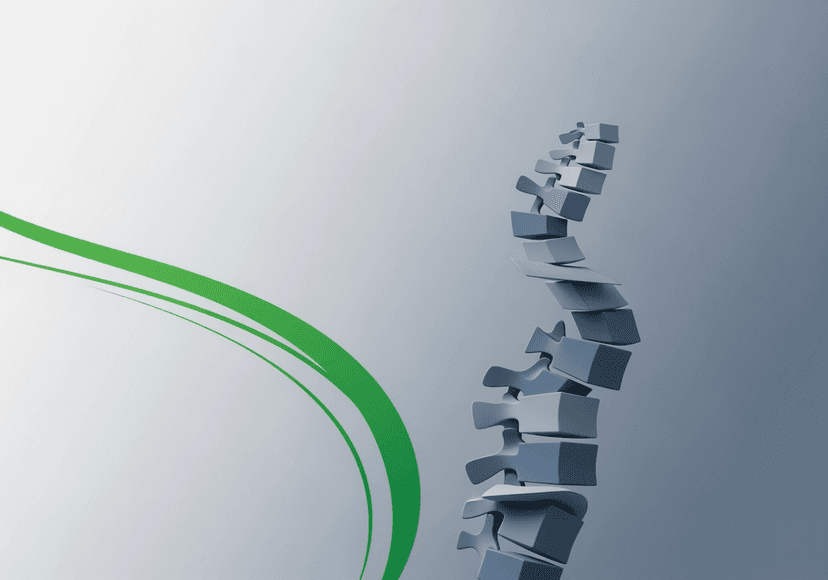
Who Should Consider Spine Surgery? Healthtrip Expert Insights
Detailed guide on spine surgery, featuring doctors, hospitals, risks, recovery,

Comparing Success Rates of Spine Surgery Across Healthtrip Hospitals
Detailed guide on spine surgery, featuring doctors, hospitals, risks, recovery,










